Several weeks ago when I contacted Sennheiser’s PR agency about the HD800S they out of nothing invited me for a company visit in Hannover and the first day of IFA2016 – with showstoppers- in Berlin. I of course accepted.
Thanks to the Belgian railways I almost missed the trip as I only arrived at the airport gate when it had closed already, luckily for me the guy still let me through. 1.5hours later I would find myself in Sennheiser’s Head Quarters. Made it!
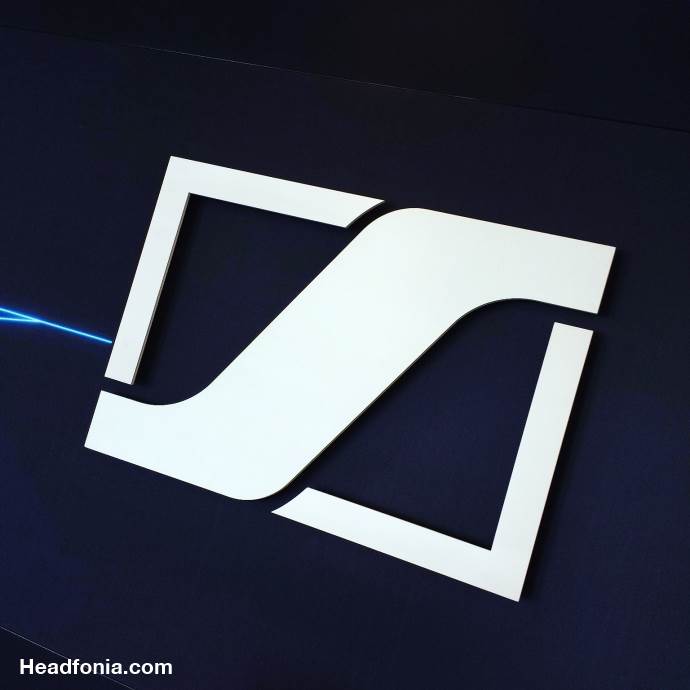
After a short wait we were greeted by Andreas Sennheiser himself and he talked to us about what Sennheiser’s plans are to Shape the future of Audio. The main topic was Sennheiser’s latest Ambeo 3D sound system which basically is an advanced form of binaural recording for headphones, but then with a 9.1 speaker setup. He also talked about their HE-1 headphone setup which no longer can be called “Orpheus” but I’ll get back to some HE-1 facts later. The thing to remember is that any company in theory can make an ultimate high-end headphone setup but “only” Sennheiser did, still does it and sells it.
After a quick lunch we were taken on a factory tour but unfortunately we couldn’t take any pictures at all which was quite a bummer. We did see how the microphones and headphones were made, measured and quality checked but it’s kind of hard to report on that without any pictures. We also saw the office where the HE-1 is being made but the only funny thing I can tell about that is how they were using these really cheap RCA cables to feed the finished HE-1. So in stead of a company tour, I’ll just cover some interesting Sennheiser facts.
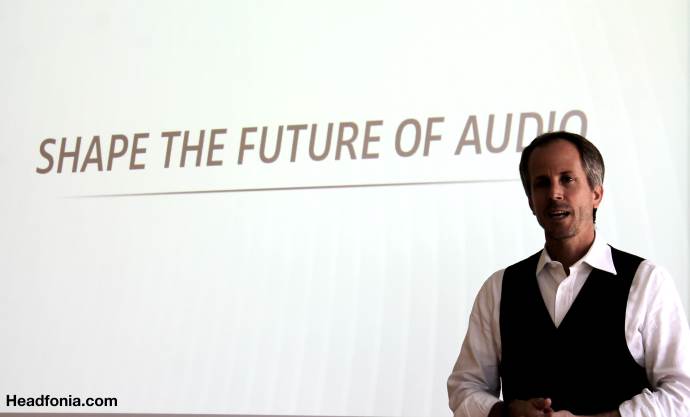
Did you know that Mr. Sennheiser who founded the company actually wanted to be a gardener? Sennheiser, in the beginning after the war ended, didn’t immediately start making headphones but they were asked to make Microphones, the DM1 being the first one (Dynamic Microphone). Later came the DM2 which was an improved version and then finally the DM3/MD3 which was a small invisible microphone for that time. The funny thing here is that back then the currency in Germany still was the DM (Deutsche Mark) and as a result the running joke was the DM2 microphone only cost two DM. In the mid fifties the TV sound engineers started using headphones but at that time, Sennheiser still wasn’t making them.
In 1960 Sennheiser presented the MD421 to the world and it put the Sennheiser name on the world wide map. Four years later Sennheiser created their first headphone, the HD414. I’m sure you’ve seen it before as it is very easy to remember with the yellow colored pads. Sennheiser produced it for 15 years and sold over 10 million units which is extremely impressive. They patented the open ear design for 25 years. Did you know the HD414 had an impressive- if I’m not mistaken – 1000Ohm impedance? That means they needed a lot of power and a battery alone couldn’t do the job.
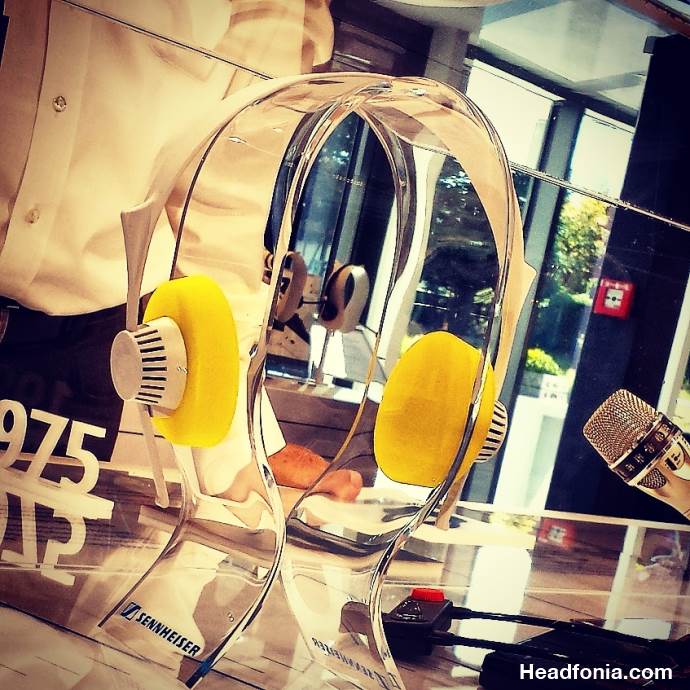
In 1989 AKG showed the world the iconic AKG K1000 headphone and at that time it was the world’s best and most advanced headphone. Sennheiser reacted and asked their engineers to develop the very best system the world had ever seen, no budget restrictions. The Sennheiser engineers where delighted and they came up with the original Orpheus in 1991. It at that time cost DM 19.900 which was a lot of money. Sennheiser didn’t see it coming but they sold 300 units over a two year period, 47 of those were sold in Taiwan and 20 in the USA. If you want to buy an original in good working Orpheus today, it will easily cost you around €30.000. Did you know that Sennheiser only has two years of spare parts left for the original Orpheus?
Sennheiser employs 1300 people in Germany (of which 400 are in production) and 2800 people worldwide. Each year they make 8800 HD800 units. The HD800(S) is fully made in Germany and all the drivers are measured and selected by hand so your Left and Right driver are in perfect balance. They also make one HE-1 each and every day and up to now they already have 120 HE-1 on order. 43 of those are going to China and 15 to Germany. Did you know that most of the HE-1s have a white marble base but that there also is a black one and even a red version?
After that we left to Berlin where Sennheiser showcased the HE-1, their Ambeo 3D sound, the new PXC 550 headphone and the updated 5 series of which the 599 looks the most interesting for us as it is the classic 598’s replacement.
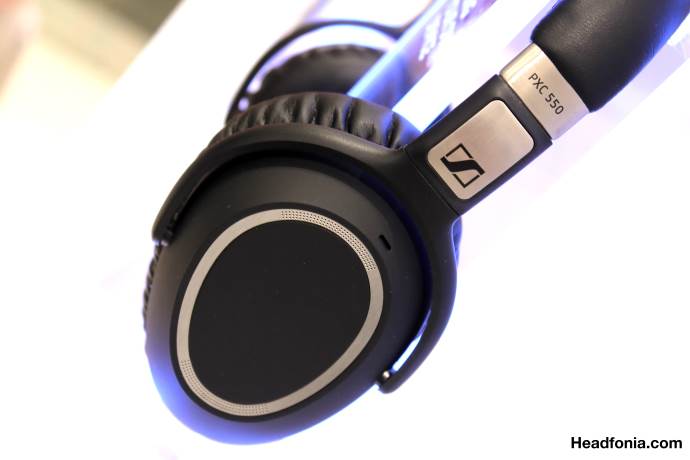
The AMBEO system was very impressive and I can’t wait to see this implemented in concerts and sports games. As I have listened to the HE-1 a couple of times already, other people got priority over me and so I at the end of the day only got to listen to 1.5 song on it because Showstoppers, the press event, was about to start. I’m not complaining though, I have another session booked with the HE-1 at Canjam Europe 2016.
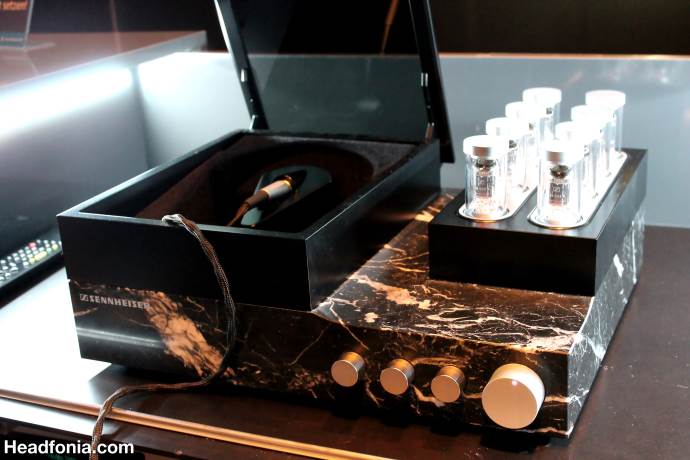
IFA2016 and IFA in general aren’t always the most important for the Headphone market but there were some very nice world premiers this year.
Read all about IFA on the next Page, including Sony, Audeze, RHA, Beyerdynamic, …!





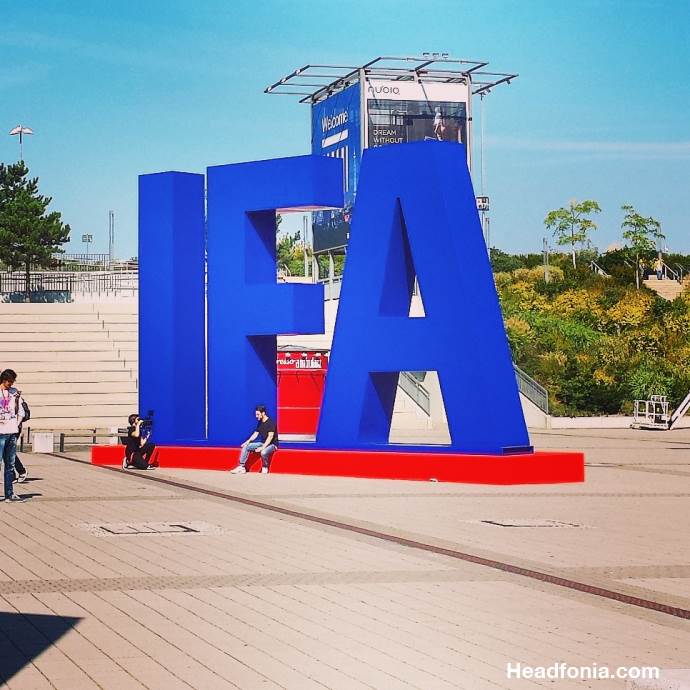
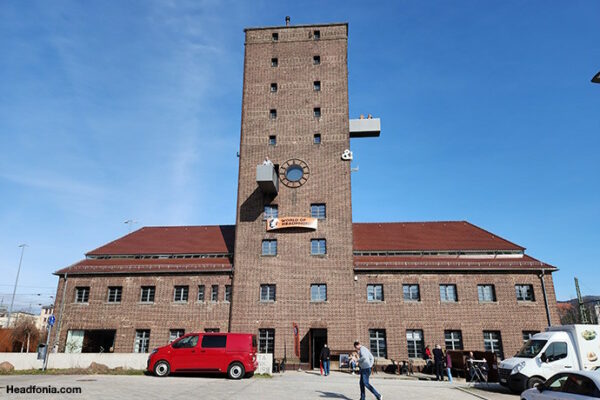
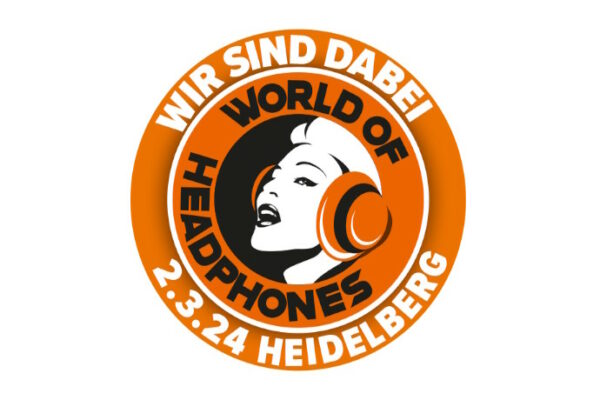
Barun C
Nice report Lieven, especially the Sennheiser history portion. One thing, on paragraph 9 of the first page, it should be Sennheiser “PXC 550” not “PCX 550”.